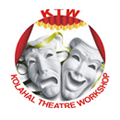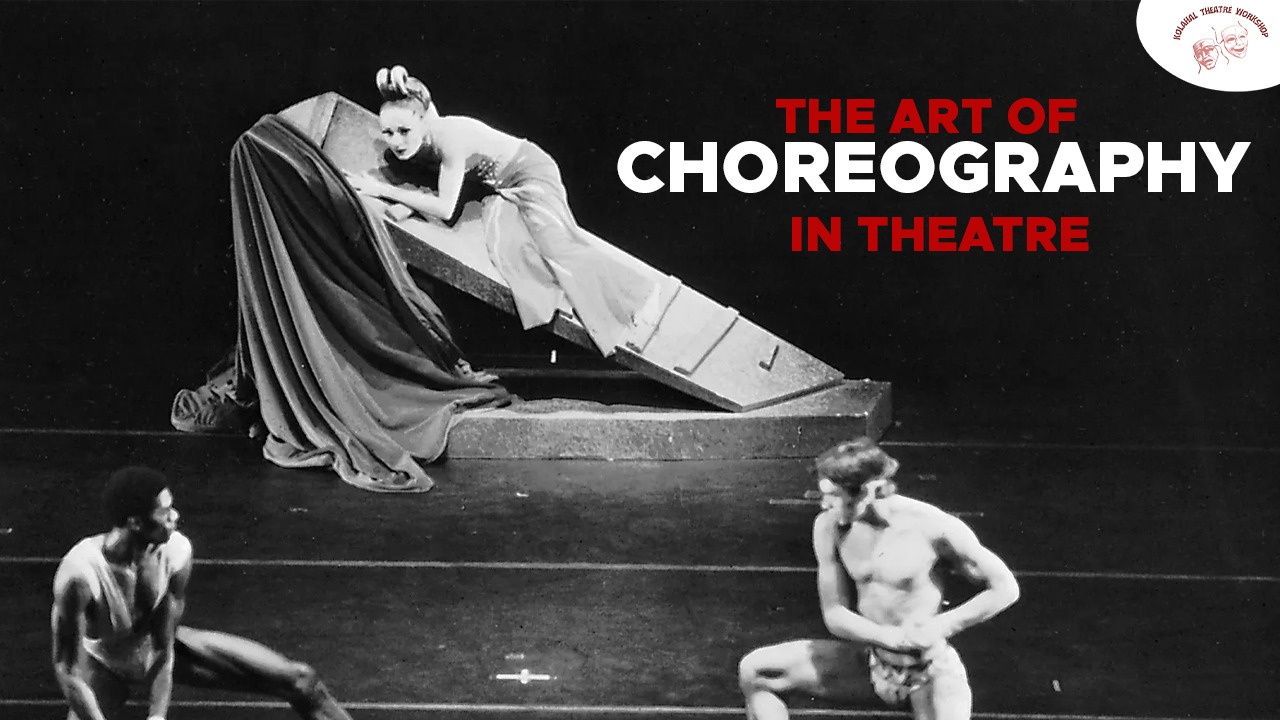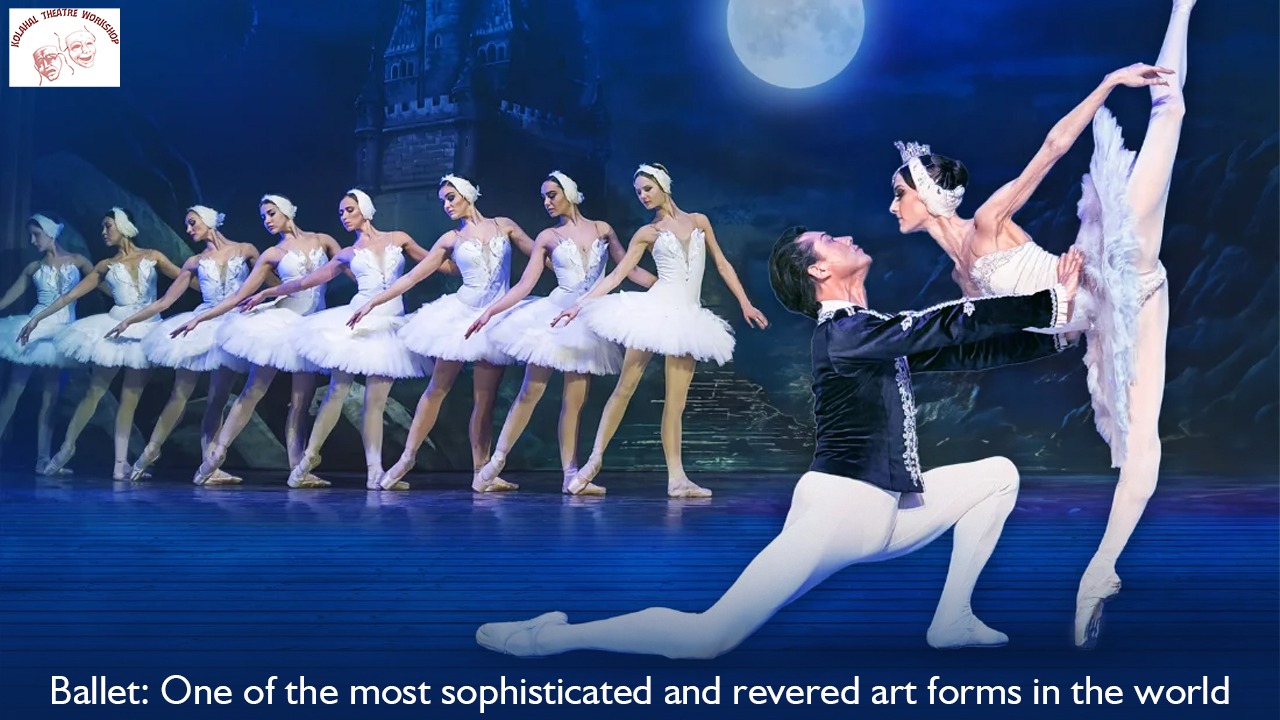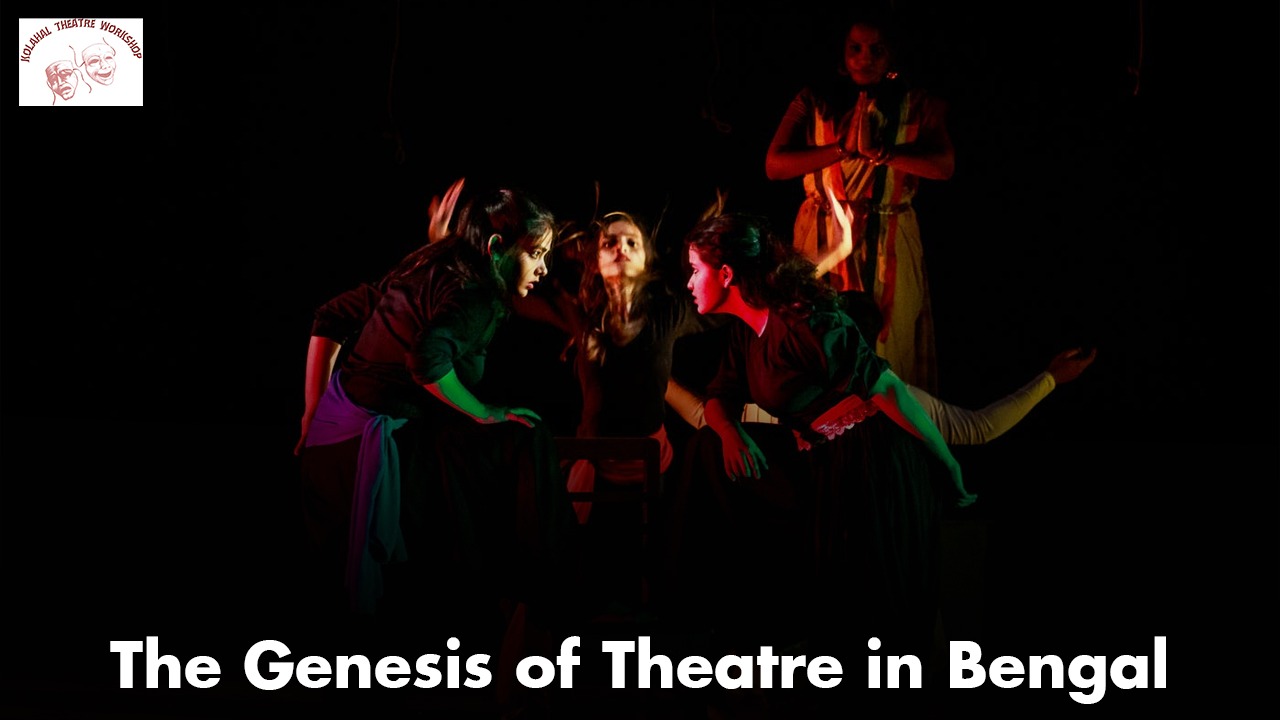The Art of Choreography in Theatre
In the symphony of storytelling that is theatre, choreography stands as a silent yet powerful conductor, weaving emotions, movements, and narratives into a seamless dance of expression. Whether it’s the graceful pirouettes of a ballet or the rhythmic stomps of a contemporary piece, choreography adds depth, emotion, and spectacle to the theatrical experience.
The Essence of Choreography
At its core, choreography in theatre is about more than just dance steps. It’s about capturing the essence of a story and translating it into movement. Every gesture, every sway, and every leap is a brushstroke on the canvas of the stage, painting a vivid picture for the audience.
Bringing Characters to Life
Choreography has the power to breathe life into characters in ways that words alone cannot. From the regal movements of a queen to the clumsy steps of a novice, choreography helps actors embody their roles fully, enhancing the audience’s connection to the story.
Setting the Scene
Just as a well-designed set can transport the audience to another world, choreography can help create the atmosphere and setting of a production. Whether it’s a bustling city street or a serene woodland glade, the movements of the actors can evoke the sights and sounds of the world they inhabit.
Collaborative Artistry
Choreography in theatre is a collaborative art form, often involving a team of choreographers, directors, designers, and performers working together to bring a vision to life. Each element, from the music to the costumes to the lighting, plays a vital role in shaping the choreographic landscape.
Embracing Diversity
In today’s theatre landscape, choreography celebrates diversity in all its forms. From traditional folk dances to contemporary hip-hop, choreographers draw inspiration from a wide range of cultures and styles, enriching the tapestry of the stage with their unique voices.
The Evolution of Movement
As theatre continues to evolve, so too does the art of choreography. With advances in technology and changes in society, choreographers are constantly pushing the boundaries of what is possible on stage, exploring new forms of movement and expression.
The Art of Choreography in Theatre
In the symphony of storytelling that is theatre, choreography stands as a silent yet powerful conductor, weaving emotions, movements, and narratives into a seamless dance of expression. Whether it’s the graceful pirouettes of a ballet or the rhythmic stomps of a contemporary piece, choreography adds depth, emotion, and spectacle to the theatrical experience.
The Essence of Choreography
At its core, choreography in theatre is about more than just dance steps. It’s about capturing the essence of a story and translating it into movement. Every gesture, every sway, and every leap is a brushstroke on the canvas of the stage, painting a vivid picture for the audience.
Bringing Characters to Life
Choreography has the power to breathe life into characters in ways that words alone cannot. From the regal movements of a queen to the clumsy steps of a novice, choreography helps actors embody their roles fully, enhancing the audience’s connection to the story.
Setting the Scene
Just as a well-designed set can transport the audience to another world, choreography can help create the atmosphere and setting of a production. Whether it’s a bustling city street or a serene woodland glade, the movements of the actors can evoke the sights and sounds of the world they inhabit.
Collaborative Artistry
Choreography in theatre is a collaborative art form, often involving a team of choreographers, directors, designers, and performers working together to bring a vision to life. Each element, from the music to the costumes to the lighting, plays a vital role in shaping the choreographic landscape.
Embracing Diversity
In today’s theatre landscape, choreography celebrates diversity in all its forms. From traditional folk dances to contemporary hip-hop, choreographers draw inspiration from a wide range of cultures and styles, enriching the tapestry of the stage with their unique voices.
The Evolution of Movement
As theatre continues to evolve, so too does the art of choreography. With advances in technology and changes in society, choreographers are constantly pushing the boundaries of what is possible on stage, exploring new forms of movement and expression.
Conclusion
In the grand tapestry of theatre, choreography stands as a vibrant thread, weaving together the many elements of a production into a mesmerizing whole. From the graceful elegance of classical ballet to the raw energy of contemporary dance, choreography captivates, inspires, and transports audiences to new worlds of imagination.
So, the next time you find yourself lost in the magic of a theatrical performance, take a moment to appreciate the artistry of choreography and the countless hours of creativity and dedication that go into every movement on stage.
Top of Form
n the grand tapestry of theatre, choreography stands as a vibrant thread, weaving together the many elements of a production into a mesmerizing whole. From the graceful elegance of classical ballet to the raw energy of contemporary dance, choreography captivates, inspires, and transports audiences to new worlds of imagination.
So, the next time you find yourself lost in the magic of a theatrical performance, take a moment to appreciate the artistry of choreography and the countless hours of creativity and dedication that go into every movement on stage.




